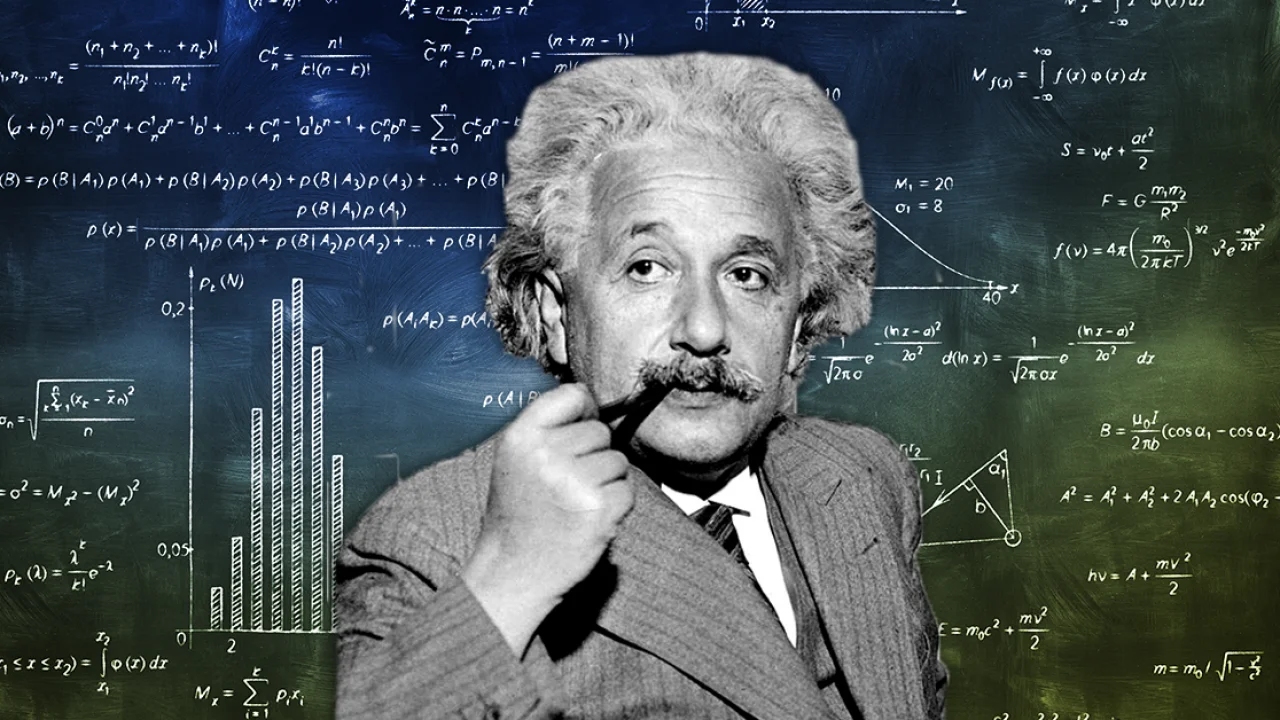Albert Einstein was a renowned German-born physicist who revolutionized the field of physics with his groundbreaking theories and discoveries. Born on March 14, 1879, in Ulm, Württemberg, Germany, Einstein is widely regarded as one of the most influential scientists of the 20th century. This comprehensive Albert Einstein Biography explores his early life, education, career, theories, and legacy.
Personal Life
Einstein’s personal life was marked by his intense focus on his work and his struggles with authority. He married Mileva Maric in 1903, and they had a daughter and two sons. In 1919, they divorced, and Einstein married his cousin, Elsa Lowenthal, who died in 1936.
Early Life and Education
Einstein’s Albert Einstein Biography begins with his early life in a secular, middle-class Jewish family. His father, Hermann Einstein, was a featherbed salesman, and later ran an electrochemical factory with moderate success. His mother, Pauline Koch, was a homemaker. Einstein had one sister, Maria. The family moved to Munich, where Einstein started his schooling at the Luitpold Gymnasium. Later, his parents moved to Italy, where he continued his education at Arau, Switzerland. He went to the Swiss Federal Polytechnic School in Zurich in 1896, where he was trained as a teacher in physics and mathematics. In 1901, Einstein gained his diploma and acquired Swiss citizenship.
Early Influences and Interests
Einstein’s early years were marked by two significant events that deeply affected him. At the age of five, he was given a compass by his father, which puzzled him with its invisible forces deflecting the needle. At 12, he discovered a book of geometry, which he called his “sacred little geometry book.” These early experiences sparked his interest in science and mathematics and laid the foundation for his future work in physics.
Career and Theories
Einstein’s career began as a technical assistant in the Swiss Patent Office in 1902. During his spare time, he produced much of his remarkable work. In 1905, he published four papers that revolutionized physics, including his theory of special relativity and the famous equation E=mc². He was appointed Privatdozent in Berne in 1908 and Professor Extraordinary at Zurich in 1909. In 1911, he became Professor of Theoretical Physics at Prague. He returned to Zurich in 1912 and became Director of the Kaiser Wilhelm Physical Institute in 1914. In 1915, he developed his theory of general relativity.
Early Career and Patent Office Work
Einstein’s early career was marked by his work at the Swiss Patent Office, where he evaluated patent applications related to electrical and mechanical inventions. This work helped him develop his skills in physics and mathematics, which he later applied to his groundbreaking theories.
Theory of Special Relativity
Einstein’s theory of special relativity, published in 1905, challenged the long-held notion of absolute time and space. He proposed that time and space are relative and dependent on the observer’s frame of reference. This theory revolutionized our understanding of space and time and laid the foundation for modern physics.
Theory of General Relativity
Einstein’s theory of general relativity, developed in 1915, built upon his earlier work on special relativity. He proposed that gravity is not a force, but rather the curvature of spacetime caused by massive objects. This theory predicted phenomena such as black holes and gravitational waves, which were later confirmed by observations and experiments.
Photoelectric Effect
Einstein’s work on the photoelectric effect, published in 1905, explained the behavior of electrons when exposed to light. He proposed that light is composed of particles, now known as photons, which can eject electrons from a metal surface. This theory earned him the Nobel Prize in Physics in 1921.
Quantum Mechanics
Einstein’s work on quantum mechanics, published in the 1920s, challenged the Copenhagen interpretation of quantum mechanics. He proposed that quantum mechanics is incomplete and that a more complete theory is needed to explain the behavior of particles at the atomic and subatomic level.
Unified Field Theory
Einstein’s unified field theory, developed in the 1920s and 1930s, aimed to unify the forces of gravity, electromagnetism, and the strong and weak nuclear forces. Although he was unable to complete this theory, his work laid the foundation for modern theories such as supergravity and superstring theory.
Political and Social Activism
Einstein was a strong advocate for peace, civil rights, and the creation of a world government. He was a vocal critic of nationalism and militarism, and he supported the establishment of a federal Europe. He also advocated for the rights of minorities and the poor.
Awards and Honors
Einstein received numerous awards and honors for his contributions to physics. He was awarded the Nobel Prize in Physics in 1921 for his explanation of the photoelectric effect. He also received the Copley Medal in 1925. His work on the theory of relativity and the photoelectric effect earned him international acclaim and respect.
Later Life and Legacy
In the 1930s, Einstein faced Nazi backlash and eventually moved to the United States, where he became a professor of theoretical physics at Princeton University. He remained in the United States until his death on April 18, 1955. Einstein’s legacy extends far beyond his scientific contributions. He was a strong advocate for peace, civil rights, and the creation of a world government. His name has become synonymous with genius and intellectual curiosity, inspiring generations of scientists, thinkers, and intellectuals around the world.
Conclusion
Albert Einstein’s Albert Einstein Biography is a testament to his remarkable life and achievements. From his early years to his groundbreaking theories, Einstein’s impact on physics and the world at large is immeasurable. This comprehensive biography highlights his early influences, career, theories, and legacy, providing a detailed account of one of the most influential scientists of the 20th century.
